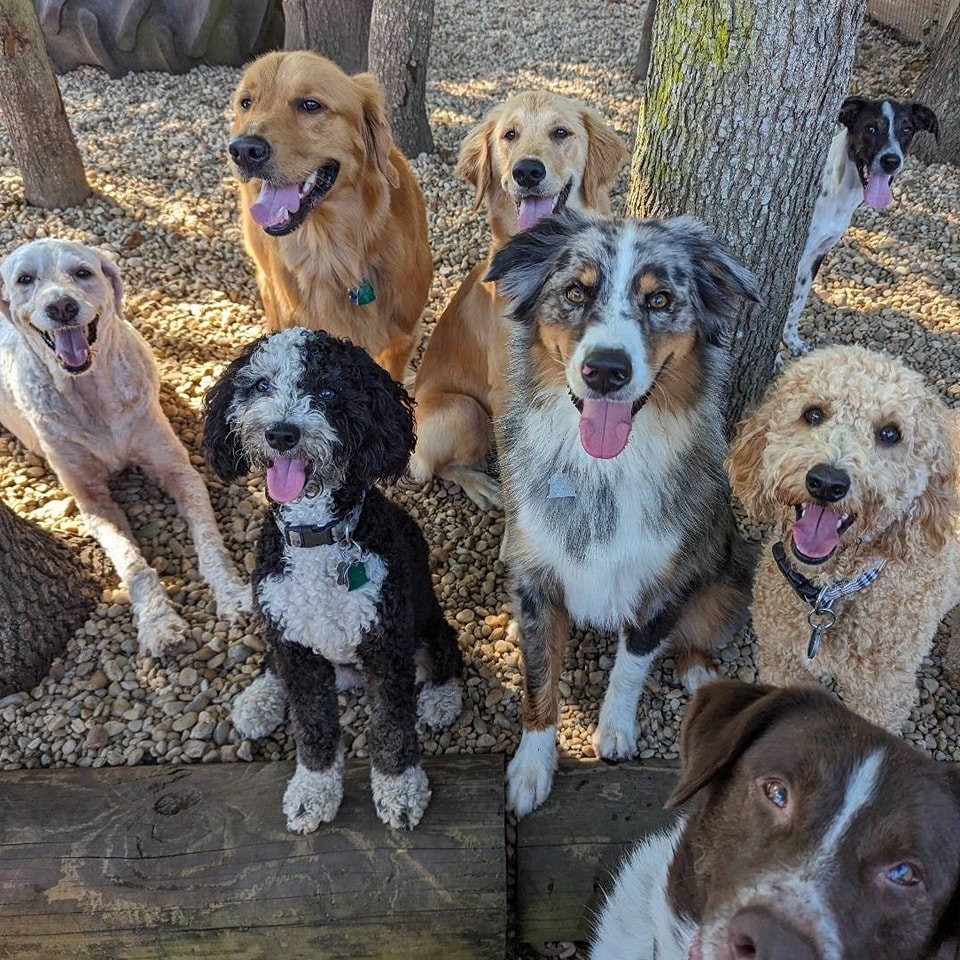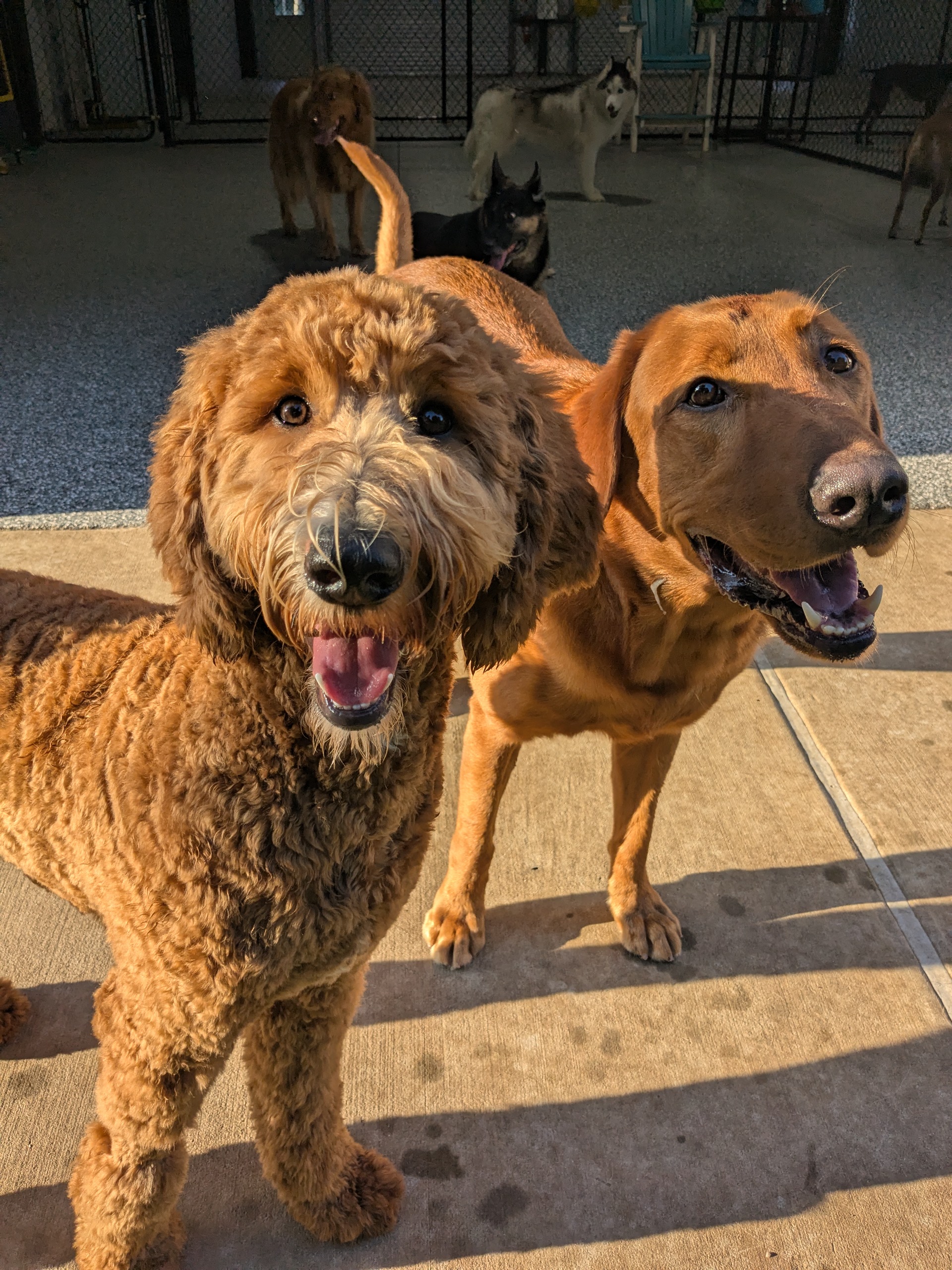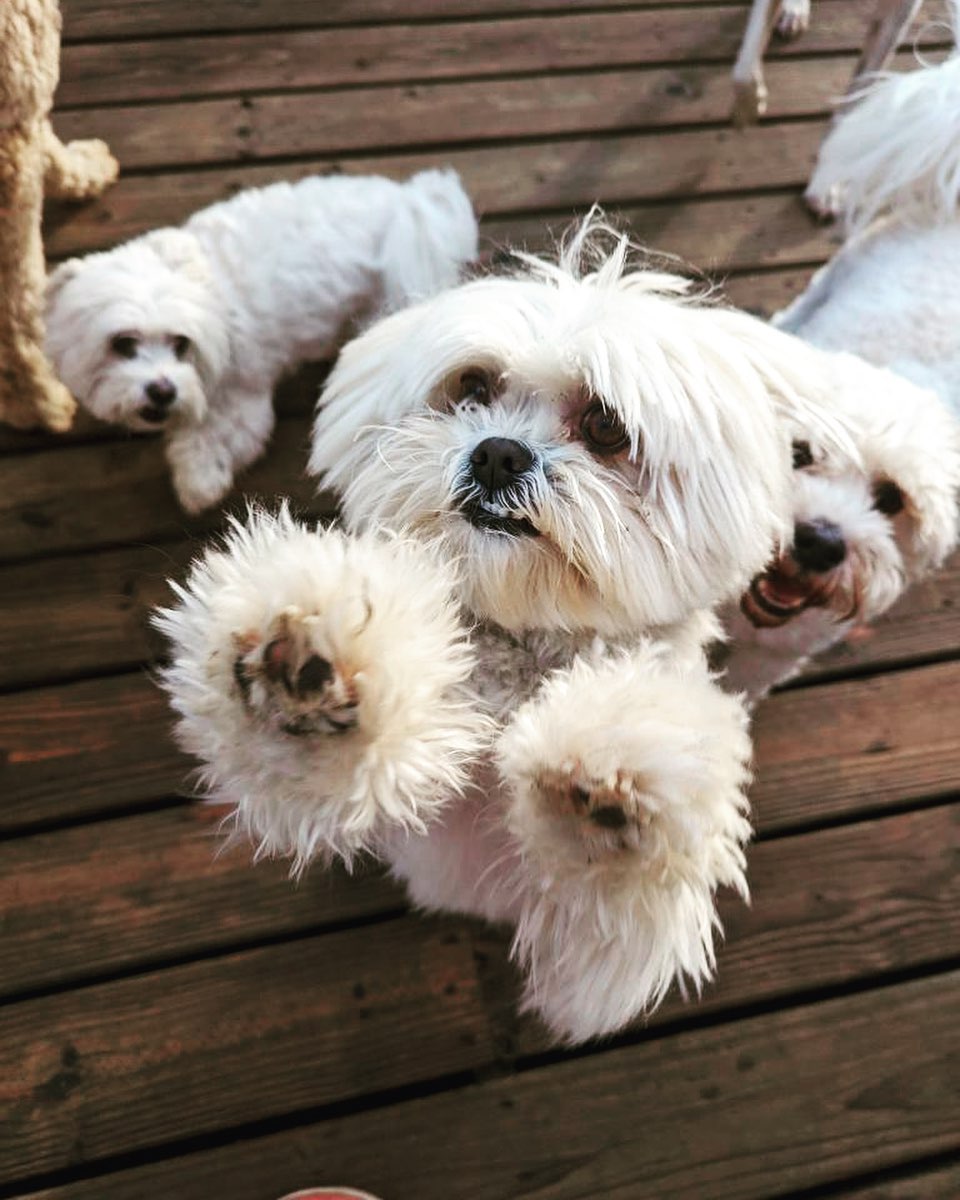Dogs have been called man’s best friend for generations, and for good reason. They offer loyalty, love, and companionship in ways that are deeply meaningful to the humans they bond with. But as close as we are to our canine companions, the reality is that we don’t share a common language. Dogs can’t tell us in words when they’re nervous, happy, scared, or overstimulated. Instead, they communicate through subtle cues in their body language—and learning to understand those cues can make all the difference in how we care for and connect with them.
Understanding dog body language isn’t just helpful for preventing behavioral issues or avoiding accidents; it’s also one of the most compassionate ways to deepen your bond with your pet. When you know what your dog is trying to tell you, you can respond more appropriately, offer comfort when needed, and create a safe environment that promotes their emotional and physical well-being.
The Tail as a Telltale Sign
One of the most misunderstood aspects of dog body language is the tail. Many people believe a wagging tail always means a happy dog, but that’s not necessarily the case. The position and speed of the wag can mean very different things. A loose, full-body wag often indicates joy and friendliness. In contrast, a stiff wag held high could signal tension, alertness, or even aggression. A low, slow wag might show uncertainty, while a tucked tail signals fear or submission. Paying attention to the whole context—what else the dog is doing with its body—helps you interpret the meaning behind the movement more accurately.
Ears That Speak Volumes
A dog’s ears are incredibly expressive, even though the messages they convey may differ slightly depending on the breed. Upright ears facing forward usually indicate alertness and curiosity. Ears pinned back flat against the head can signal fear, submission, or anxiety. Some dogs may pull their ears back slightly when they’re relaxed or seeking affection. Because ear shape varies so much between breeds, it’s important to learn your individual dog’s normal posture so you can more easily spot changes that indicate something’s wrong or different.
The Eyes Tell the Truth
Eye contact is another key element of canine communication. Dogs that stare intensely might be showing dominance or feeling threatened, while soft, blinking eyes usually indicate comfort and calmness. If a dog shows the whites of their eyes—often called “whale eye”—it’s often a warning sign of discomfort, fear, or a desire to avoid confrontation. This is especially important to watch for in group settings with other dogs or when meeting new people, as it’s an early sign that a dog may need space.
Posture and Positioning
The overall stance of a dog can tell you a great deal about how they’re feeling in any given moment. A confident, relaxed dog typically has a loose posture, standing or lying down with a comfortable demeanor. A dog that freezes or holds its body rigid may be signaling stress, uncertainty, or a defensive mindset. Cowering or lowering the body to the ground can show fear or submission, while raised hackles—those stiff hairs along the back—are often a sign of arousal, whether that’s from excitement, fear, or aggression. Understanding these nuances can help you intervene early before a situation escalates.
The Role of the Mouth
A dog’s mouth is also a key indicator of mood and comfort. A relaxed dog may have a slightly open mouth, with a lolling tongue and calm expression. If the mouth is tightly closed, or if the dog is panting excessively despite cool weather, it may be feeling anxious or stressed. Lip licking and yawning—while normal behaviors—can also be signs of stress, especially if they happen in non-feeding or non-tiring situations. Growling, snarling, or baring teeth are clear warning signs, and should always be taken seriously, but they are also forms of communication meant to express discomfort before a bite occurs.
Vocalizations Beyond Barking
While barking is the most obvious way dogs use their voices, they also use a wide range of other sounds to express themselves. Whining can signal everything from pain to excitement or anxiety. Growling can be playful or aggressive, depending on the situation and accompanying body language. Howling, whining, and even sighing or huffing can offer clues about a dog’s emotional state. Rather than focusing only on the sound, it’s crucial to assess the overall body language and situation to interpret vocalizations accurately.
Signs of Playfulness
Play behavior in dogs is usually easy to spot once you know what to look for. The classic “play bow,” where a dog lowers its front legs while keeping its hindquarters in the air, is a universal invitation to play. A wagging tail, bouncy movements, and relaxed mouth are also signs of a happy dog looking to interact. Even playful growling or barking can be part of the fun, as long as it’s accompanied by other relaxed signals. Dogs often take breaks during rough play, and this pause is a sign that they’re regulating themselves and keeping things friendly. Knowing the difference between playful and tense interactions is essential for safely managing dog-to-dog encounters.
Signs of Stress or Discomfort
Sometimes, dogs give off signals that are easy to miss unless you know what to watch for. These signs include pacing, excessive shedding, drooling, or avoiding eye contact. Shaking off—as if the dog is wet—is a common stress release behavior that can occur after a tense interaction or new experience. Recognizing these subtle indicators can help you step in before stress turns into something more serious. If your dog is showing repeated signs of discomfort in specific situations, it may be time to make changes to their environment, routine, or even seek advice from a trainer or veterinarian.
Why This Matters in Multi-Dog or Social Settings
Reading dog body language becomes even more critical in environments with other dogs, such as dog parks, daycares, or playdates. Not every dog enjoys social interaction in the same way, and knowing how to recognize signs of overstimulation, irritation, or fear helps prevent fights or negative experiences. Being proactive in monitoring body language allows owners and caregivers to step in early and maintain a safe, happy space for all dogs involved. It’s also important for teaching children how to interact respectfully and safely with pets.
Deepening Your Bond Through Understanding
Perhaps the most rewarding reason to learn canine body language is the opportunity it creates to build a deeper, more trusting relationship with your dog. When your dog sees that you notice and respect their signals, they’re more likely to feel secure and understood. This mutual understanding forms the basis of a stronger emotional connection. Dogs thrive when their needs are acknowledged and when they are given agency within their daily lives. The more you observe and respond to your dog’s subtle cues, the more confident and relaxed they’ll become in a variety of situations.
Final Thoughts
Dogs are constantly communicating with us—it’s just a matter of whether we’re paying attention. By learning the silent language of posture, tail position, eye movement, and vocalizations, you gain insight into your dog’s emotional world. This understanding not only helps you prevent behavioral problems or miscommunications but also lays the foundation for a lifelong partnership built on trust, empathy, and care. Whether you’re a first-time dog parent or have been surrounded by four-legged friends for years, it’s never too late to start tuning in to what your pup is really trying to say.







